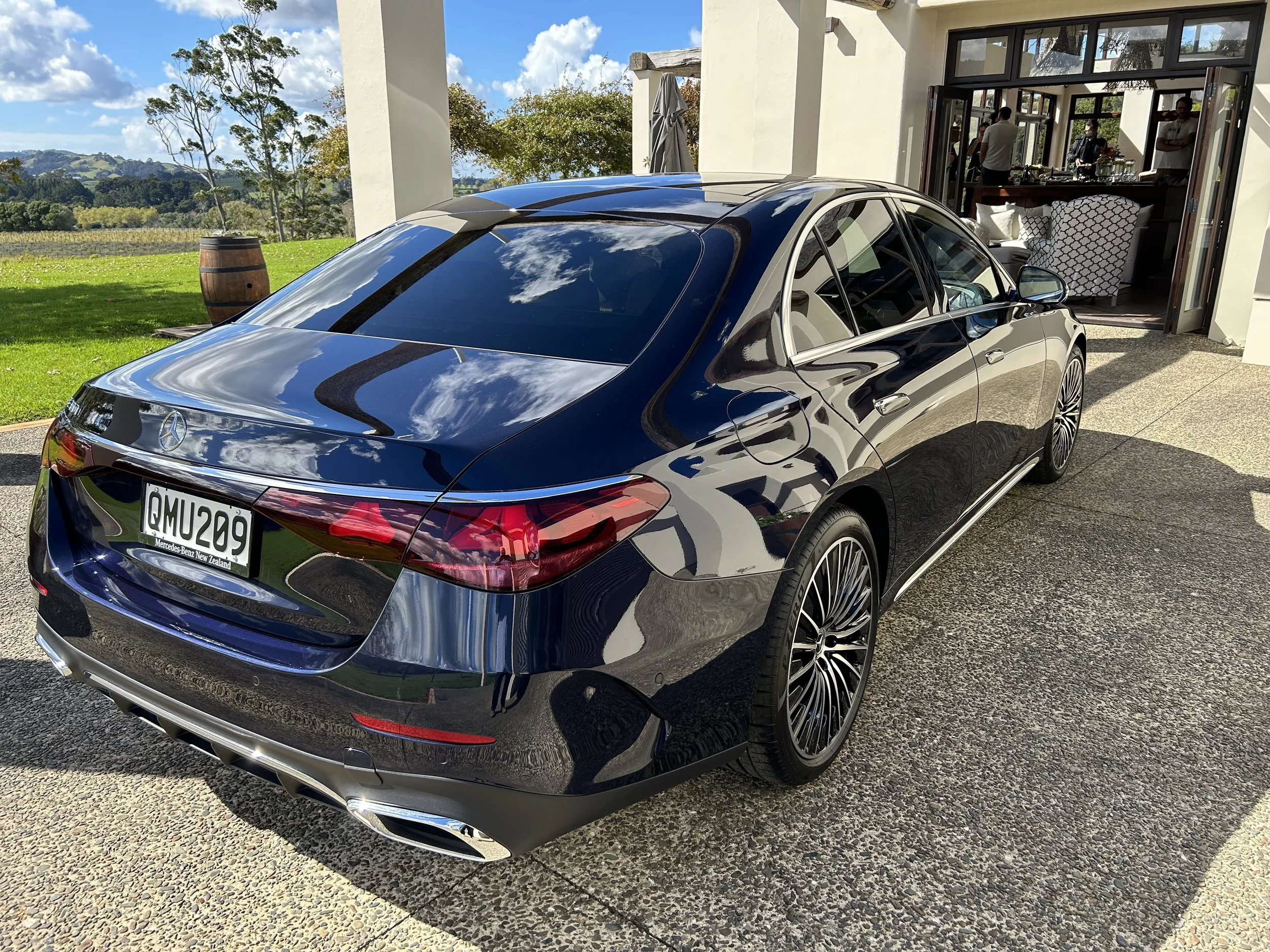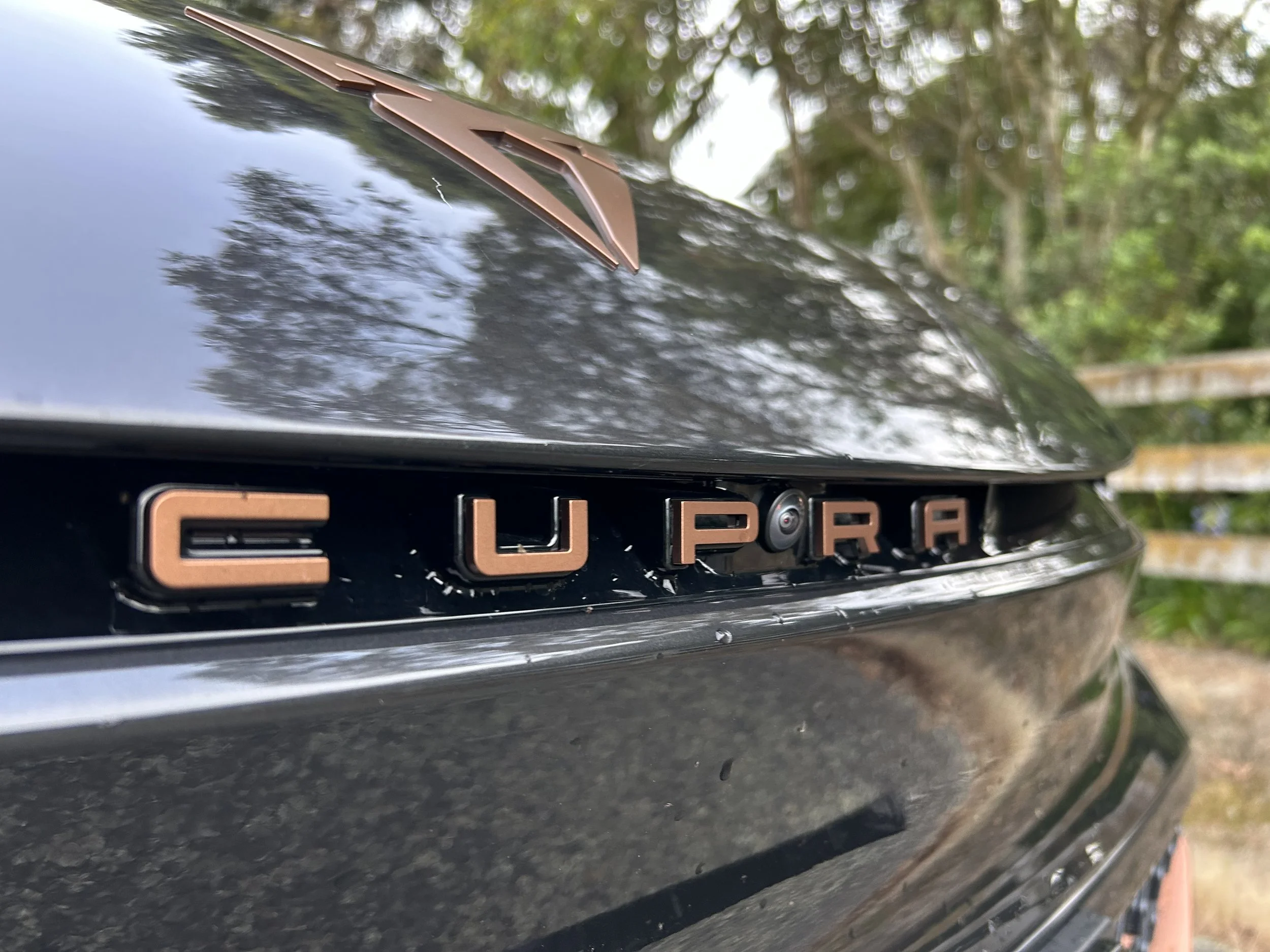Skoda Karoq: Arrowing into crucial category
/This new medium sports utility can be more ‘chairful’ than its VW Group equivalents – and other rivals – providing you tick the right box.
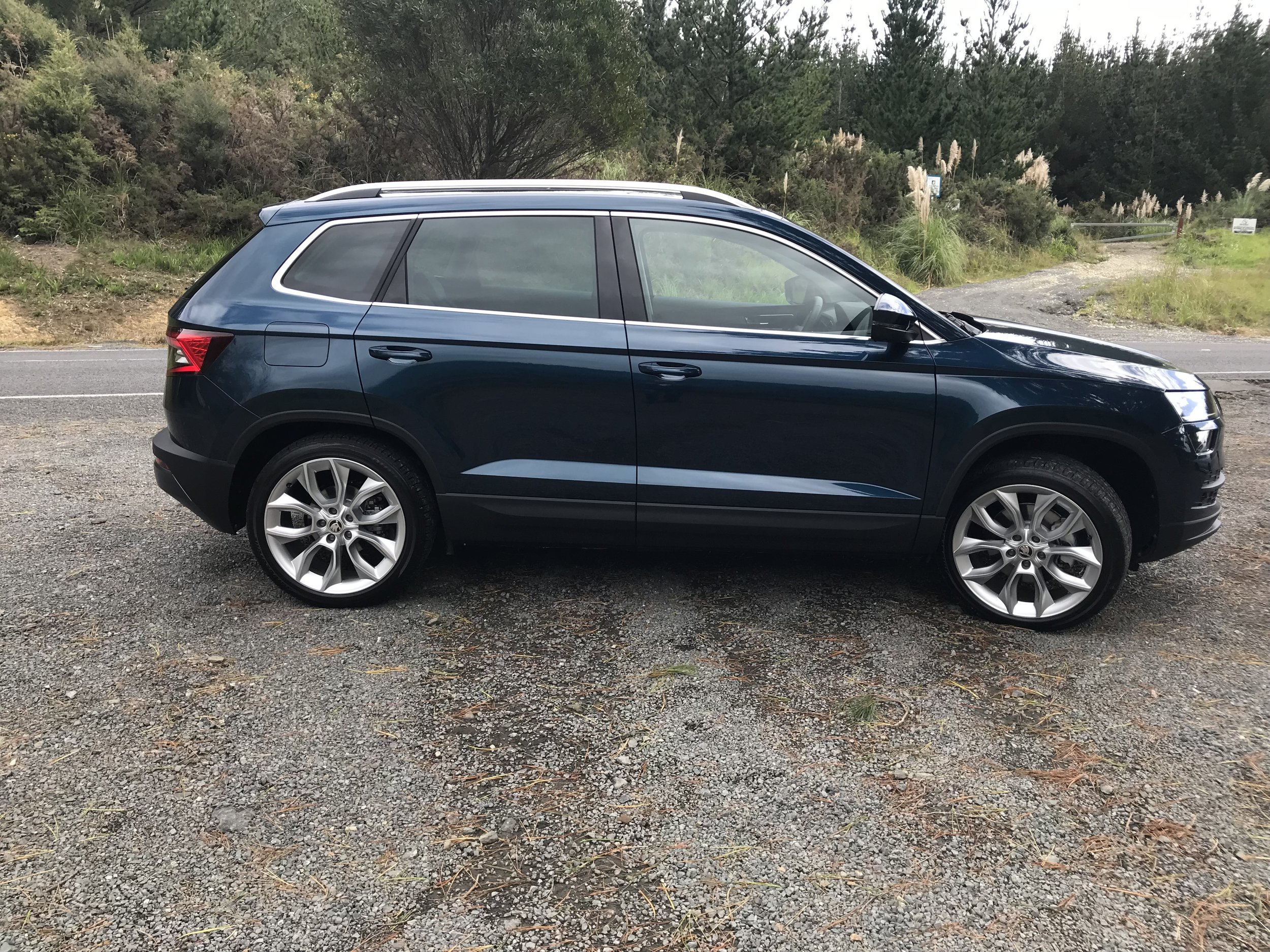
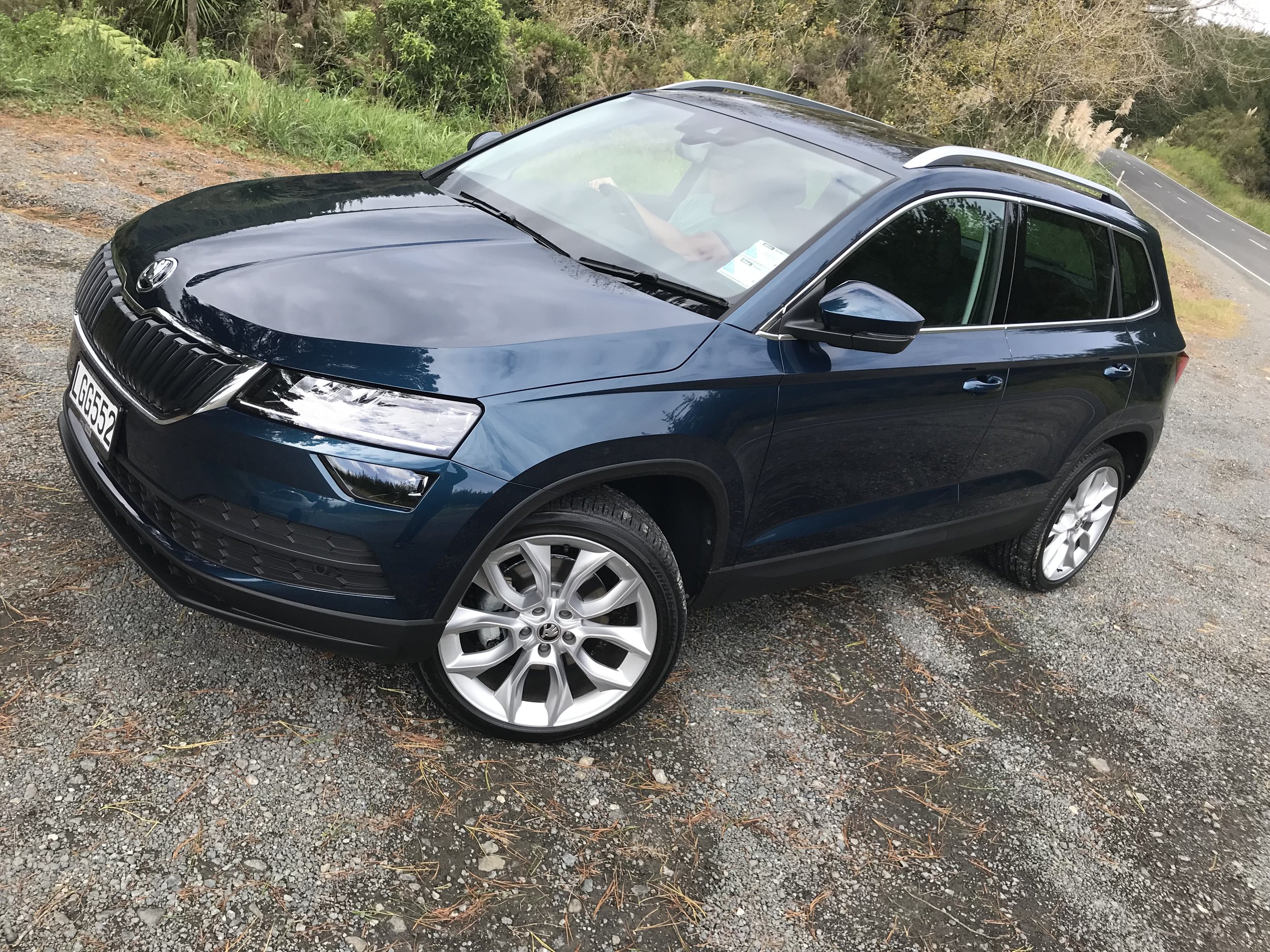
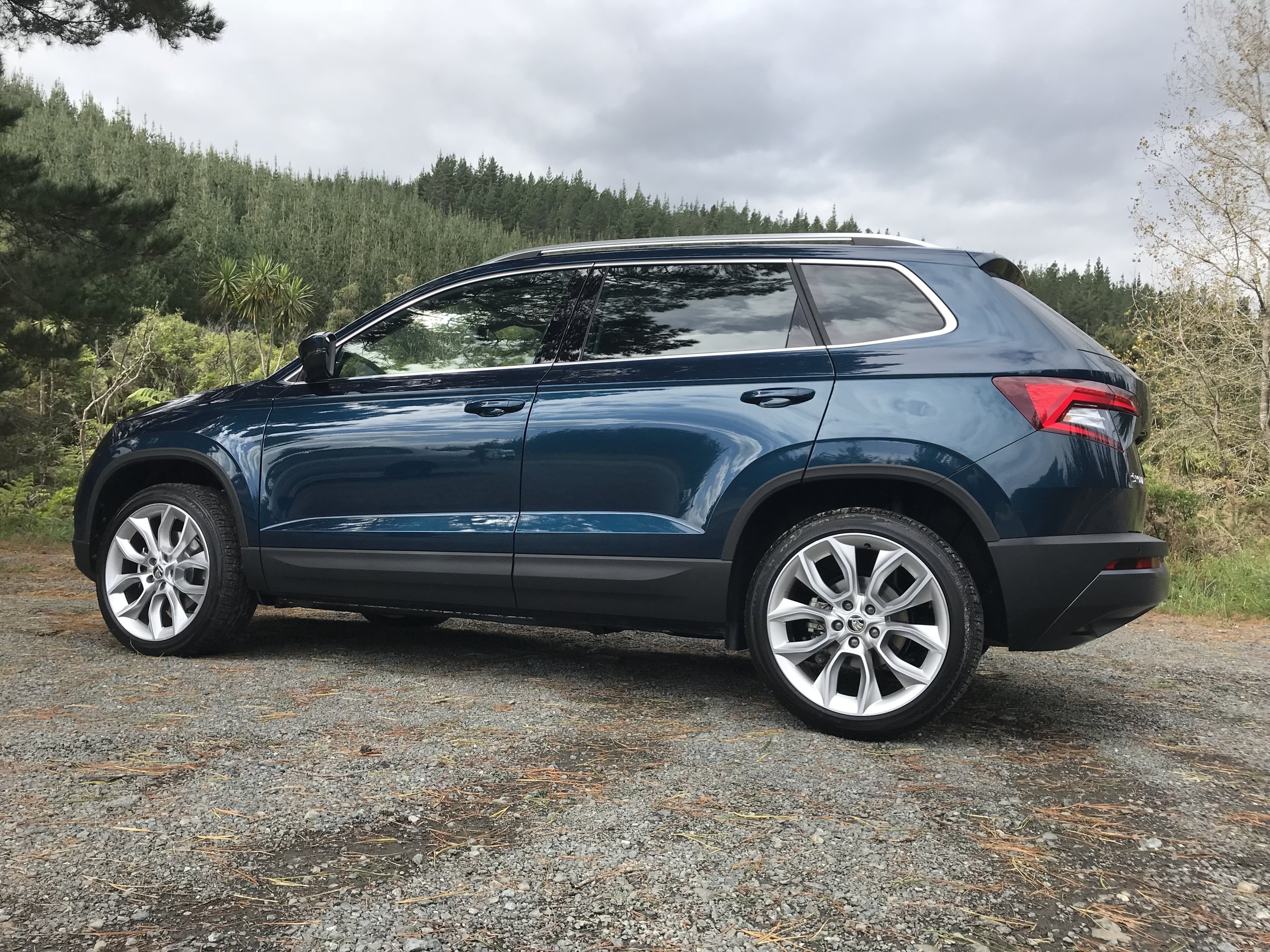
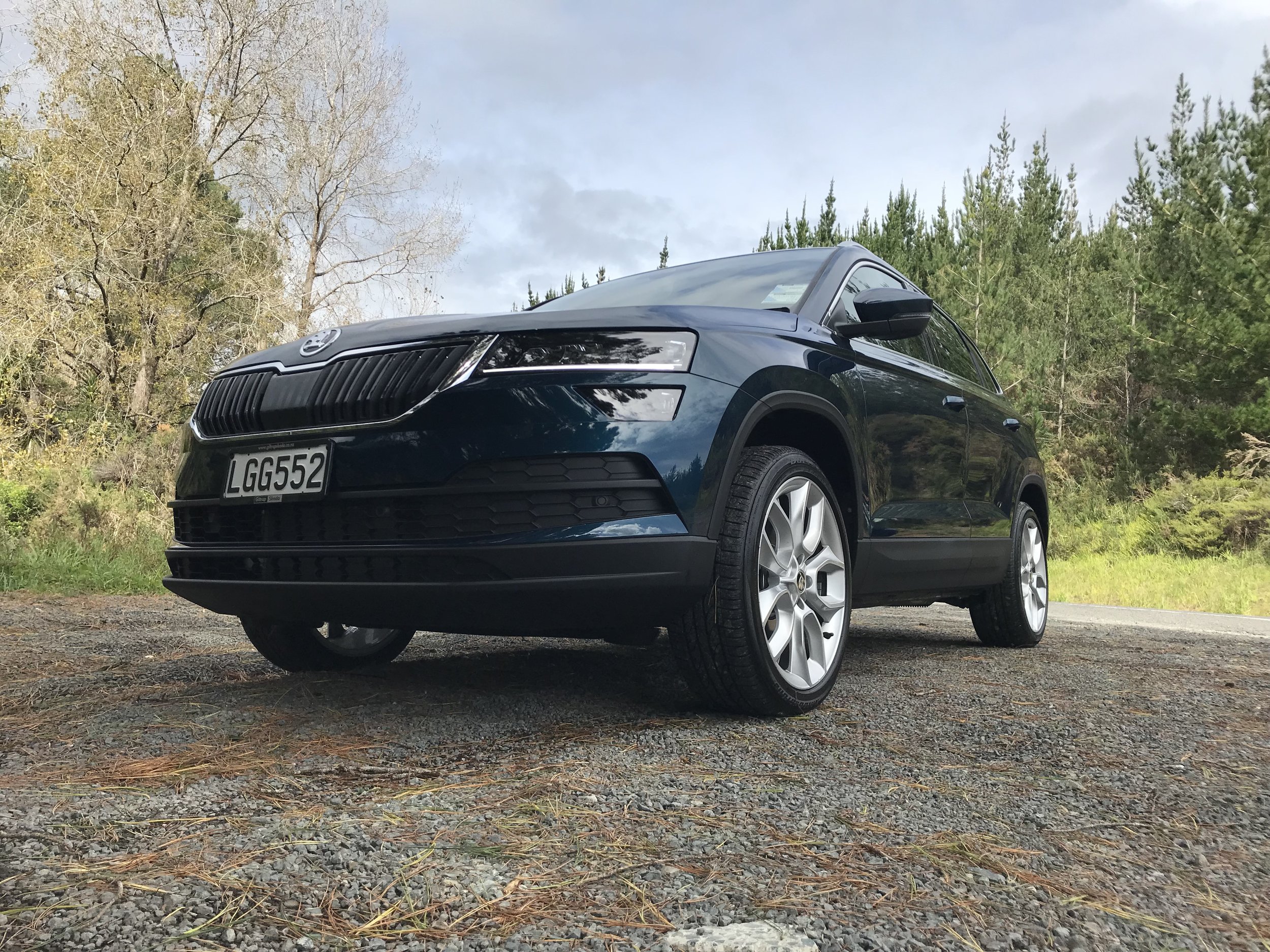
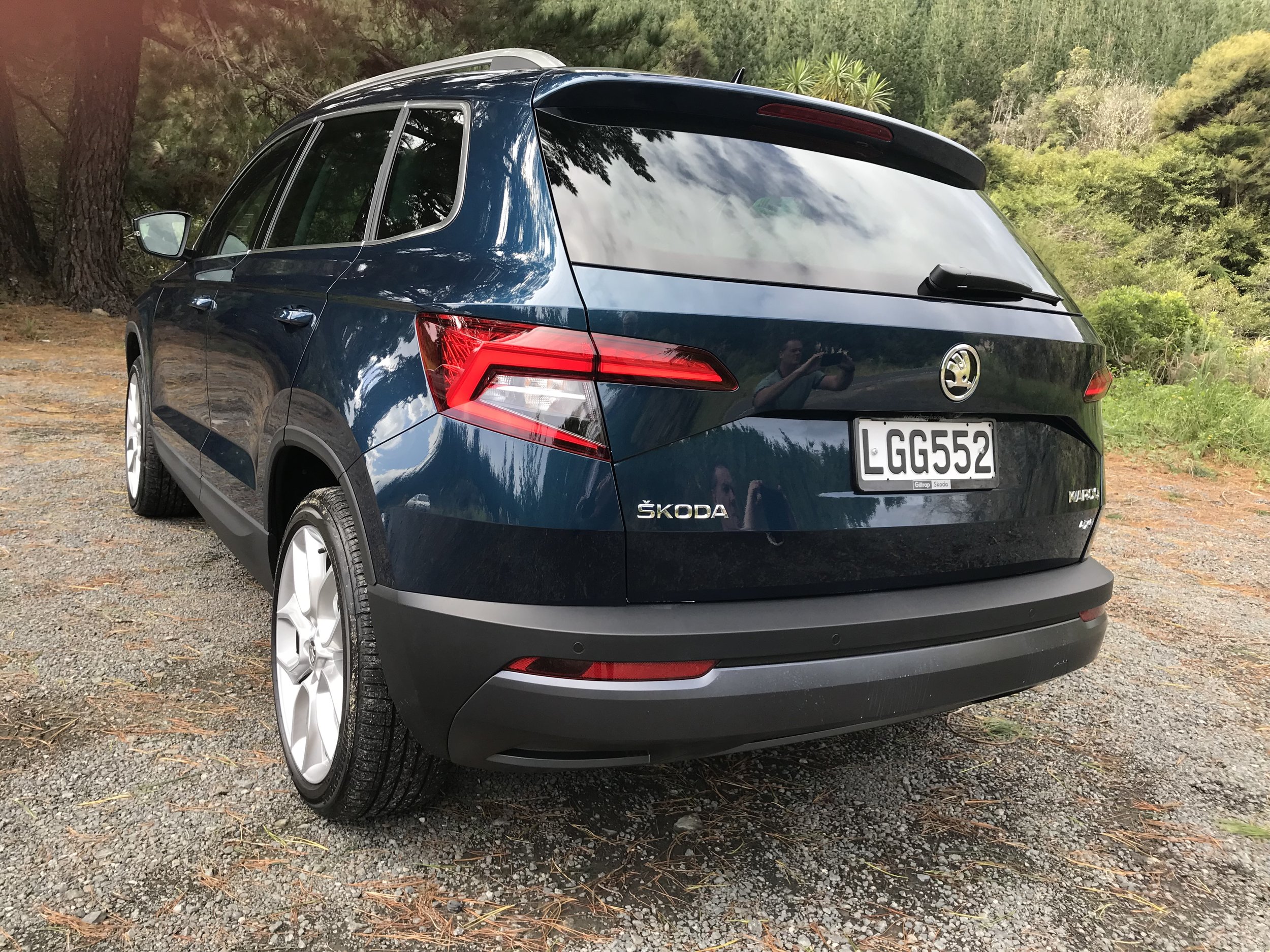
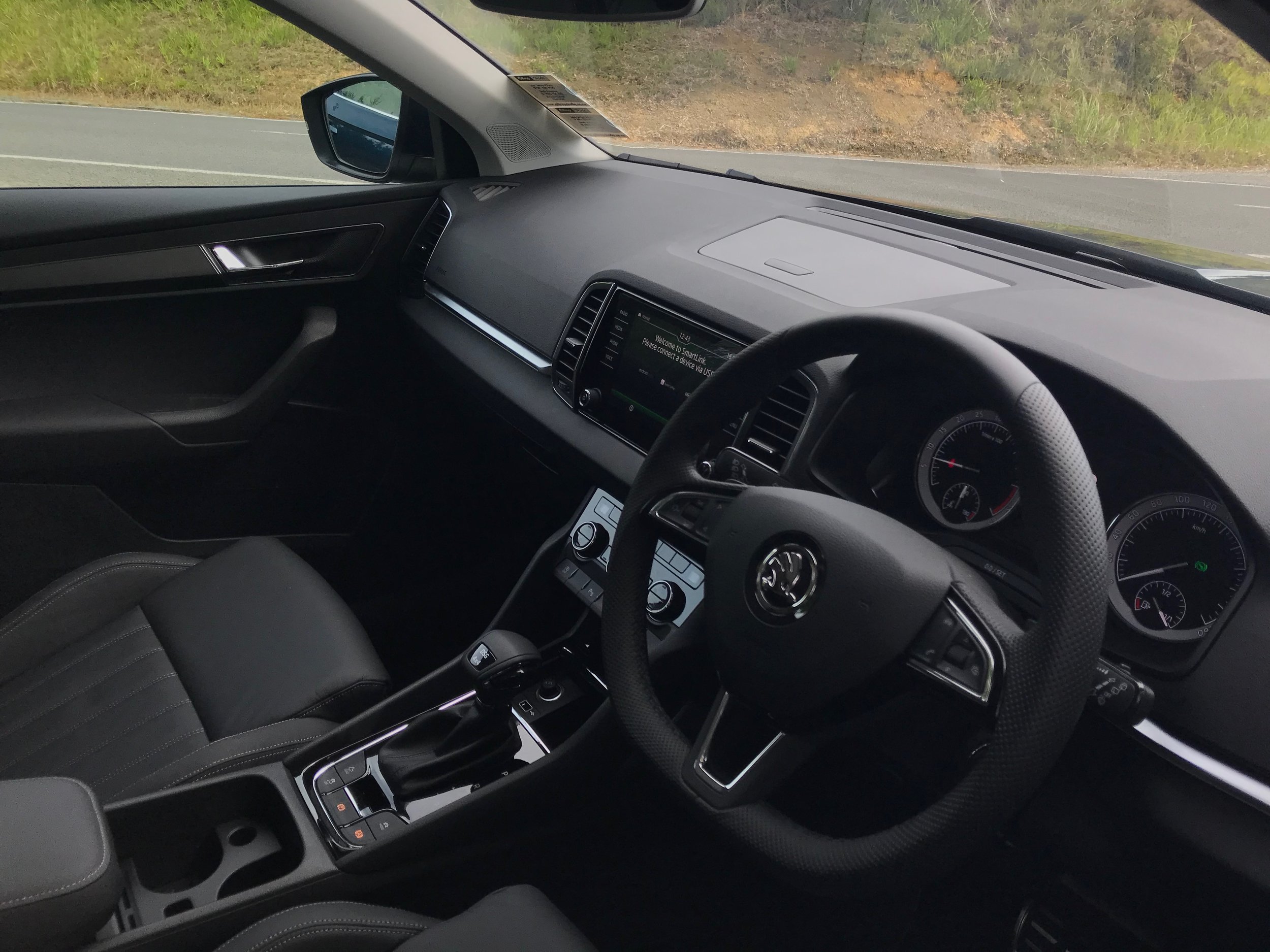
SEEMS even the smartest, best-sorted car brands aren’t immune from being touched by weirdness.
The new Karoq is a case in point. Maker Skoda is touting this medium model’s generous interior room and luggage capacity as key selling points.
To maximize those aspects, they use a neat design feature; Varioflex seating. This is a flexible arrangement of three separate rear seats that can be removed, one by one or all together, to expand boot capacity, ultimately to 1810 litres, turning the Karoq into a ‘van-like’ SUV. It’s a fuss-free exercise, not least because the chairs are quite light, at least for adults to cope with. Anyone could get ‘em out and slot ‘em back in again.
Even with the back seats folded down rather than taken out, capacity is still impressively above-average, at 1630 litres. Without the seats folded, capacity is 521 litres: Again, that’s not bad for a car in this category. The front seat also folds down to transport long items.
So Varioflex – which, incidentally, isn’t a Skoda idea (it first popped up in the Renault Megane Scenic in the 1990s) - is clearly the go. A hot selling point, for sure. It’s so obviously useful you’d obviously think it would be standard. Skoda New Zealand believes it should be. Astoundingly, the factory doesn’t.
The complexities of why aren’t worth going into but seem to remind that even sensible brands are not immune to silliness. But, anyway, it all boils down to Varioflex having to become an option because otherwise the car’s pricing would have suffered.
Skoda NZ has taken a punt on the popularity and had it put into first shipment cars regardless. From thereon you can spend $1750 and have it implemented, something that must occur on the line rather than after a car arrives. It can also be configured into the diesel Style as part of a plus pack. That’ll be a popular upsell, cos it makes the chairs cheaper. Think fast food restaurant combo deal.
It’s a shame Varioflex has to come this way; anyone who doesn’t take it and instead has a car with fixed back chairs will be kicking themselves, regardless that in the base format the seats still tilt and fold.
Obviously, options are what car brands use to lift their bottom line. With Karoq you can also spend extra for a panoramic sunroof ($2500) as another range-wide fitment, while the base editions requires extra spend to win the electric tailgate and hands-free auto opening feature given the Style editions. Adaptive cruise control is an extra for Ambition Plus.
Still, Varioflex is the key trick that conceivably gives the chance the Karoq to stand out in a crowded category, a feat which has possibly become a bit more challenging now that it has grown out of the ‘look at me’ ploy used by its predecessor.
The Yeti was easy to spot in this sector because it looked like nothing else on sale. Maybe this plus was also its problem, because Karoq has taken a whole new route: Within Skoda-dom, it looks more like a smaller rendition of last year’s Kodiaq. Within the broader VW Group, it – ahem – is quite like, in general silhouette, quite like the two other cars using the same platform and in the same local space, the VW Tiguan and SEAT Ateca.
AS previously reported, the line comprises a 110kW/250Nm 1.5-litre TSi turbopetrol in $38,990 Ambition Plus and $42,900 Style trims plus a turbodiesel which formats in Style form only and costs $48,490. The latter has a 2.0-litre engine outputting identical power to the petrol, but another 90Nm torque. Like Ateca, it is slightly shorter overall than the VW and, unlike Tiguan, it will be offered in five-seater configuration only.
Skoda NZ is confident Karoq will be its biggest seller now, because the Kiwi enthusiasm for crossovers and SUVs is huge. Local boss Greg Leet notes these vehicles account for 65 percent of new vehicle registrations presently, whereas the take-up rate in Europe is 25 percent.
Just as with the Kodiaq, the Karoq's name links it to Alaska to associate the model with the outdoors and adventure. Karoq is said to come from the words 'Kaa'Roq,' which mean 'car arrow' in the language of an indigenous Alaskan tribe. The Kodiaq's name links it with a bear and an Alaskan town.
You’re probably wondering by now why this ‘first drive’ story has yet to relate anything about what this car is like to drive? That’s it’s something of an unknown subject; the part of the day set aside for that kind of activity was not only of limited duration but also offered little opportunity to try it out on anything more than boring motorway.
I rode shotgun in the diesel – which conceivably would suit my lifestyle best (frugal, most torque, can run off-seal and tow) – then wangled about 10 minutes with the petrol, and that was that.
The latter obviously demands attention, because this turbopetrol four is a new VW Group powerplant and Skoda gets to debut it.
One intriguing feature is that it can cut down to two cylinders for super-economical driving when conditions (basically, feather-footing on a flat road or off-throttle downhill). I achieved this once and was impressed by the ongoing smoothness and lack of change to the engine note. The only indication it has gone from four to two comes from an indicator light on the dash. Skoda claims combined fuel consumption of 5.6 litres per 100km and 0-100kmh 8.6 seconds, whereas the diesel can deliver 5.2 l/100km and 0-100kmh 9.3s.
We’ve been through the specification previously, but even the entry edition has autonomous braking including pedestrian recognition, cruise control, Lane Assist, Blind Spot Detect, Rear Traffic Alert, front/rear parking sensors with camera, keyless entry/start, LED headlights and touch-screen with phone projection.
The Style (TSI and TDI) adds in adaptive cruise, drive-mode select, power tailgate with Virtual Pedal, three-key personalisation, dual-zone air conditioning and more comprehensive cargo-compartment fitout, including partition net screen and Velcro cargo elements as in the larger Kodiaq.
Karoq also introduces SkodaApp, which runs through your mobile and can monitor a huge range of driving data. Part of the reason for not driving the diesel was to try this out in real-life; sadly, though the app uploaded seamlessly onto my iPhone, and then – after two tries – synched to the car, it always timed out when activated.



